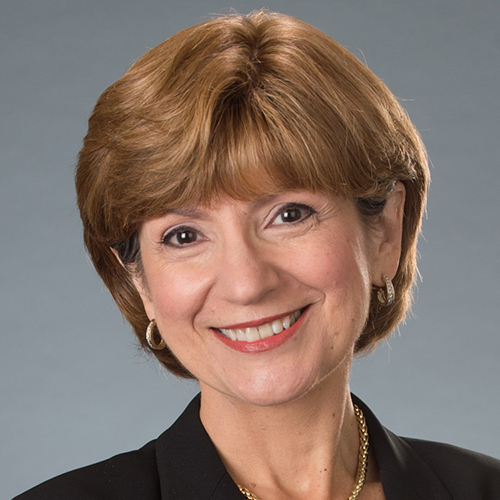Regulations implementing the Pregnant Workers Fairness Act would protect 2.8 million pregnant workers WASHINGTON, D.C. – April 26, 2024 – The National Partnership for Women & Families is calling out the recent partisan lawsuit led by 17 states to...

Paid Family and Medical Leave Means a Stronger Nation
Our country is in the midst of an extraordinary, long-overdue moment. In historic ways, women and our allies are coming together to demand change, equality and respect, especially in the workplace – and guaranteeing paid family and medical leave for all is essential to winning that fight.
Just how bad the paid leave crisis is in each state is the focus of a new analysis released by the National Partnership for Women & Families today, as we approach the 25th anniversary of our nation’s unpaid leave law, the Family and Medical Leave Act (FMLA), on Feb. 5. Our findings emphasize that the next step – a paid family and medical leave law that doesn’t leave anyone behind – is urgently needed.
The data say it all: In Delaware, all parents hold jobs in 76 percent of households with children – nearly 150,000 homes. And in Pennsylvania, 85 percent of Black mothers, 64 percent of Latina mothers and 50 percent of white mothers are key breadwinners for their families. Women also still tend to be primary caregivers, so paid leave means they don’t have to choose between their families and their jobs.
The aging population and workforce intensify the need for paid leave too. In New Hampshire, the share of the population age 65 and older is projected to grow by nearly 45 percent in less than 15 years. In Colorado, already more than one in five workers are age 55 and older. Older workers are more likely to need care and to need to provide care to partners, siblings, parents and others.
The opioid epidemic makes the need for paid leave even more urgent. In Virginia, four people die every day from drug overdoses. Both those dealing with drug use disorders and their family members need paid leave to seek and support cost-saving, life-saving treatment and combat the epidemic.
Paid leave helps keep women in their jobs, reducing turnover and strengthening our economy. In Nevada, there is a 15-percentage point gap in labor force participation between men and women. And if women participated in the U.S. labor force at the same rates as women in countries with paid leave, our economy would benefit from more than $500 billion in additional economic activity each year.
But not just any national paid leave plan will do. The Family And Medical Insurance Leave (FAMILY) Act is the leading proposal in Congress for good reason – it’s the only plan that checks all of the boxes by covering all working people for the full range of serious caregiving and medical reasons. It would mean a stronger economy, healthier families and businesses, and more workplace equality.
For 25 years, the FMLA has transformed our workplaces and shown us what is possible when lawmakers come together to advance common sense policies. State and local lawmakers and private sector employers have done better by establishing their own paid leave policies, but too many people are still left behind. It is past time to fulfill the FMLA’s promise of more family friendly workplaces and greater gender and economic equality for our nation. That’s what paid leave means.
Join women, working families, business leaders, lawmakers, advocates and many others who are coming together on Feb. 5 to celebrate the FMLA’s progress and call for the national paid family and medical leave policy the country needs. Use #FMLA25 and #PaidLeaveMeans to share what paid leave means to you. Visit NationalPartnership.org/FMLA25 for more information.

